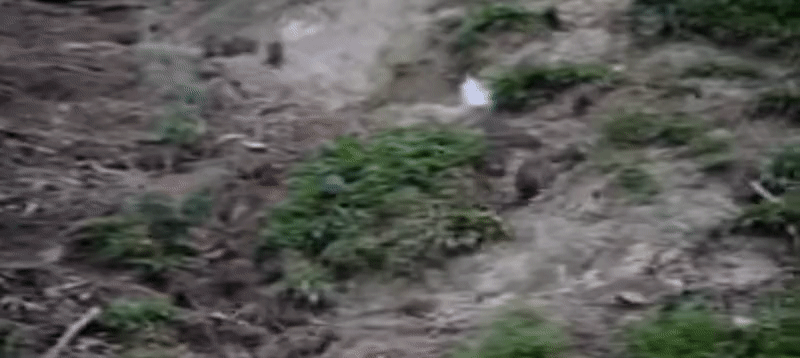Rats!
The 2014 rat infestation problem near Bukit Batok MRT station and rats scampering around your parks may give you the impression that Singapore's rat problem is on the rise.
 Source: Youtube.
Source: Youtube.
In fact, a three-week exercise was conducted to completely remove the 230 rodent residents at the Bukit Batok hill.
Fast forward to 2017, how is our war on rats progressing?
As recent as last week, the popular Kim San Leng Food Centre in Bishan had to cease operations (Jan 20) because of a rat infestation problem.
Hence, MP Lee Bee Wah asked the Minister for the Environment and Water Resources in parliament regarding the updates on the National Environment Agency (NEA)'s efforts on rat control.
The good news is that the NEA is winning.
In a written parliamentary reply, Masagos Zulkifli, Minister for the Environment and Water Resources, revealed that 32,000 burrows were detected in the first 10 months of 2016, a 12.5% decrease over the same period in 2015.
To provide some context, NEA’s island-wide rat surveillance programme detected about 43,000 burrows in public areas in 2015 compared to 42,000 burrows in 2014.
This means that NEA's war on rats is progressing well, as the 2016 figures are likely to be lower than the 2014 figures.
Where are the rats mostly found?
According to Masagos, around 90% of these burrows were found in housing estates managed by the Town Councils (TCs), mostly near bin chutes and bin centres.
Hence, NEA has been working with the TCs to implement the "Rat Attack Programme", to reduce the rats population in their housing estates.
NEA partnering with TCs to come up with programmes that are tailor-made for specific housing estates
Last year, NEA modified the programme to provide TCs with the flexibility to tailor specific rat control efforts according to the rodent situation in their respective housing estates. According to Masagos, 15 TCs have come on board the programme (out of 16 TCs -- which TC is the odd one out?).
For instance, TCs can choose to adopt a combination of rat control methods, such as population culling or burrow treatment.
Progress made in Redhill, Clementi, Bedok
NEA has also strengthened the coordination between stakeholders by facilitating the formation of "Rat Coordination Task Forces".
Masagos noted the encouraging progress made in areas such as Redhill Close, Clementi Ave 3, Bedok Central and Bangkit Road, where the number of burrows has fallen by more than 30% since coordination efforts began.
If you like what you read, follow us on Facebook and Twitter to get the latest updates.
If you like what you read, follow us on Facebook, Instagram, Twitter and Telegram to get the latest updates.
